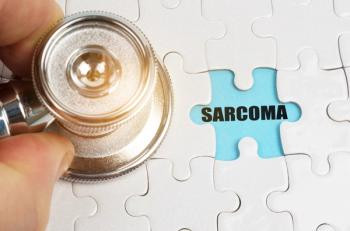
Word From FDA, NIH on COVID-19 Vaccine: No Cutting Corners
FDA outlines what it will take to get a COVID-19 vaccine approved, while NIH offers its research strategy.
As the race heats up to create vaccines to halt the spread of coronavirus disease 2019 (COVID-19), two key federal agencies signaled this week that getting it right outweighs the need for speed.
First, on June 30, 2020, FDA issued released a
In their message, the NIH authors said a research path that relies on purposely infecting healthy volunteers with the virus—known as controlled human infection models, or CHIMs—would still take one to two years, giving the protocols needed to reduce risk. However, the authors said this route may, at some point, have a limited role to “complement” large trials; the authors said this might help answer questions about seasonal coronaviruses, or to understand how long immunity lasts.
The trouble with using CHIMs at this point, they write, is that SARS-CoV-2 is too dangerous and too little is known about it. “Virtually all recent CHIMs have involved microorganisms that either pose minimal risk for causing severe disease in the enrolled population, have effective oral treatments, or both,” they wrote.
“Currently, we lack sufficient knowledge of SARS-CoV-2 pathogenesis to inform inclusion and exclusion criteria for a SARS-CoV-2 CHIM. A single death or severe illness in an otherwise healthy volunteer would be unconscionable and would halt progress.”
The quest for a COVID-19 vaccine has drawn entrants from across the pharmaceutical industry, including giants such as
In
"We have not lost sight of our responsibility to the American people to maintain our regulatory independence and ensure our decisions related to all medical products, including COVID-19 vaccines, are based on science and the available data. This is a commitment that the American public can have confidence in and one that I will continue to uphold."
FDA’s message offered the following to developers of any SARS-CoV-2 vaccine:
- Given the “current understanding” of the virus, FDA would use its traditional approval process.
- As more is known about how virus immunology, and about vaccine responses, FDA may consider its Accelerate Approval pathway; however, this would require “identification of an immune response or other measure that is reasonably likely to predict clinical benefit.”
- Any use of the “emergency use authorization,” or EUA, would be made on a “case-by-case basis,” using criteria that include the available evidence and which population the vaccine would target.
- FDA said it would want to see evidence that a vaccine would prevent COVID-19 or decrease its severity in at least 50% of those vaccinated. Thus, trials must be sufficiently large.
- The agency called for developers to include “diverse populations” in clinical trials, especially minority groups that have been disproportionately affected by COVID-19.
- Studies should include older adults and those with comorbidities, and “plan for” the vaccine to be evaluated in children.
As with all vaccines, FDA will require extensive monitoring once the product is available, and post-marketing studies may be required.
.
Newsletter
Get the latest industry news, event updates, and more from Managed healthcare Executive.
















































